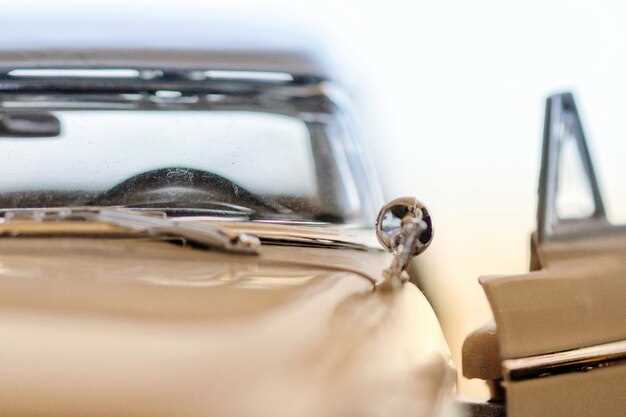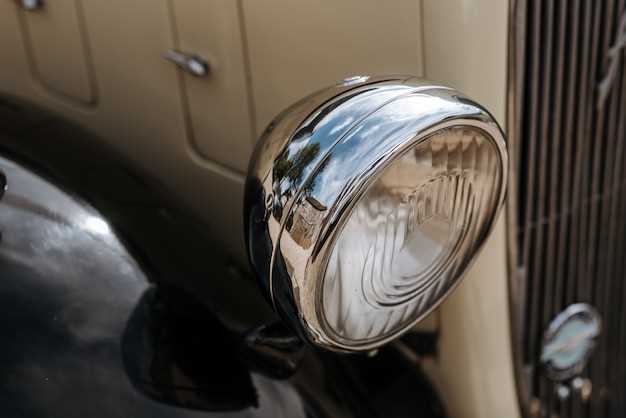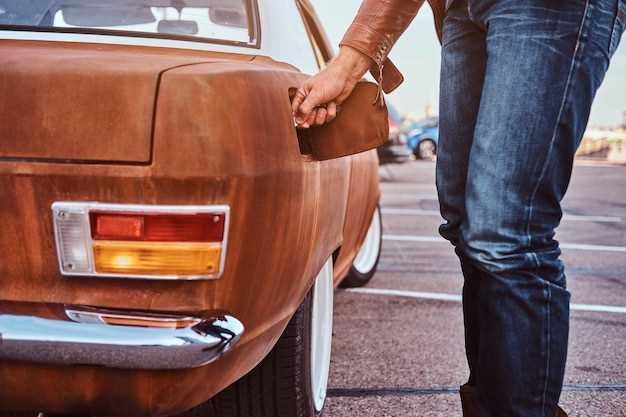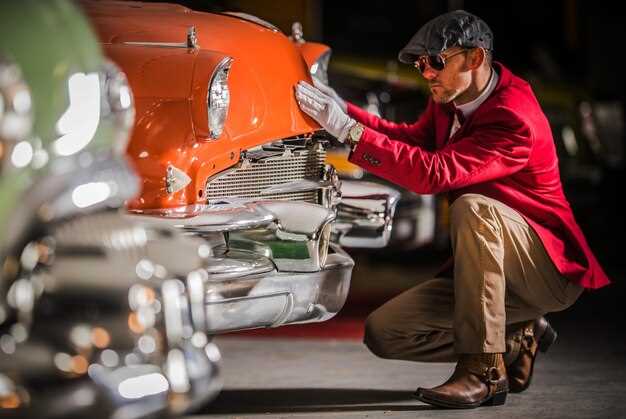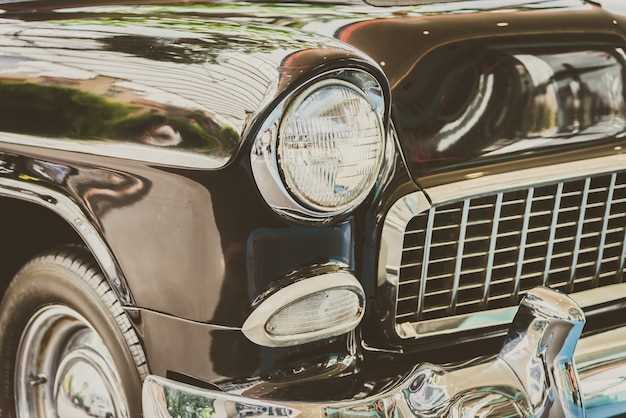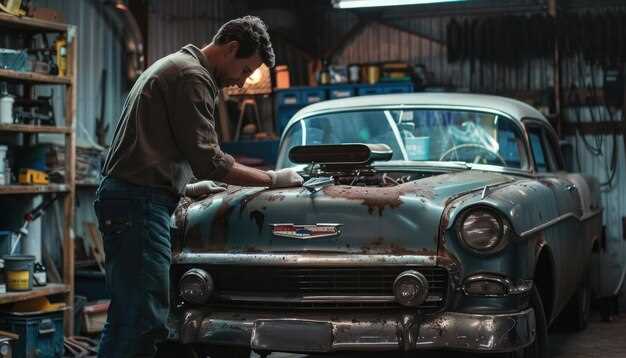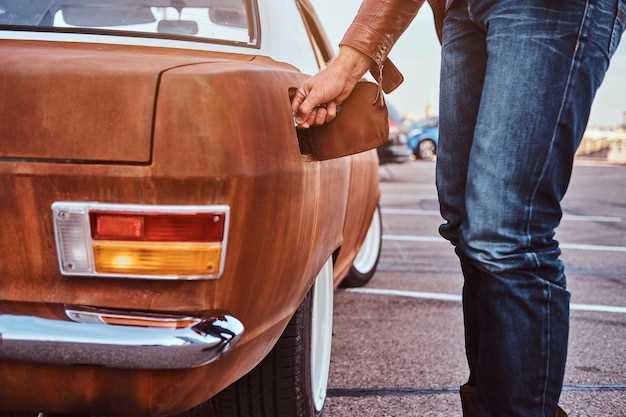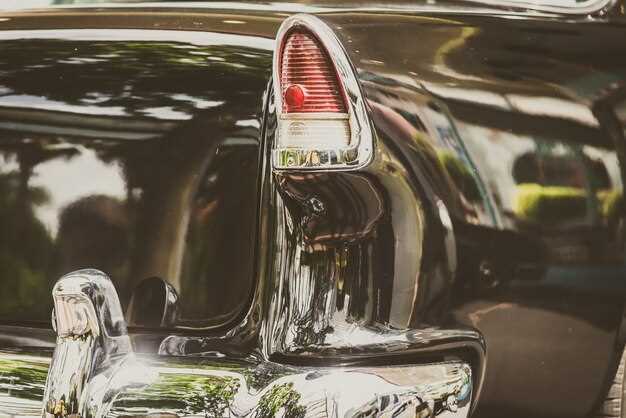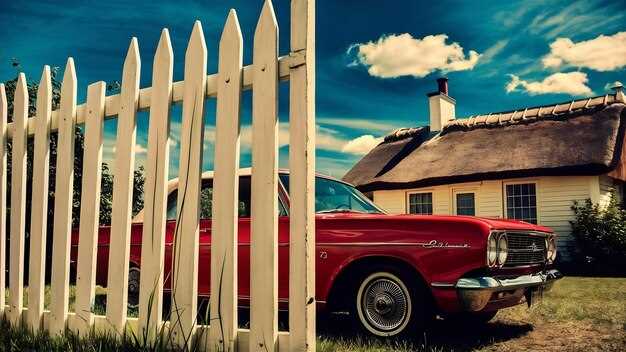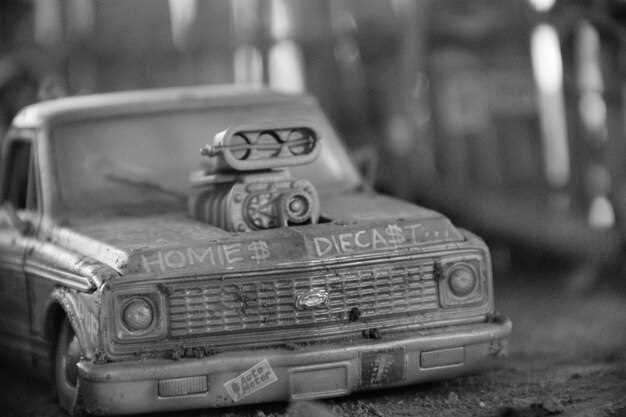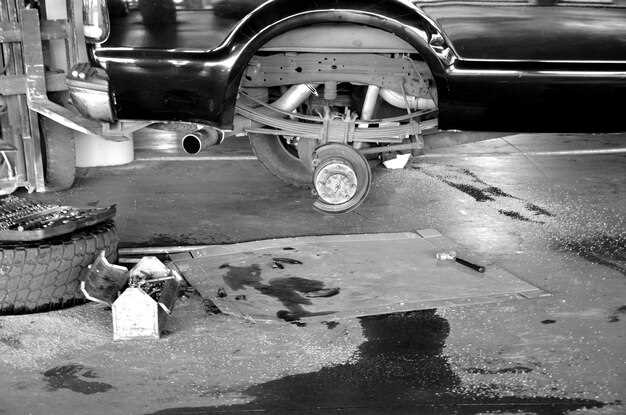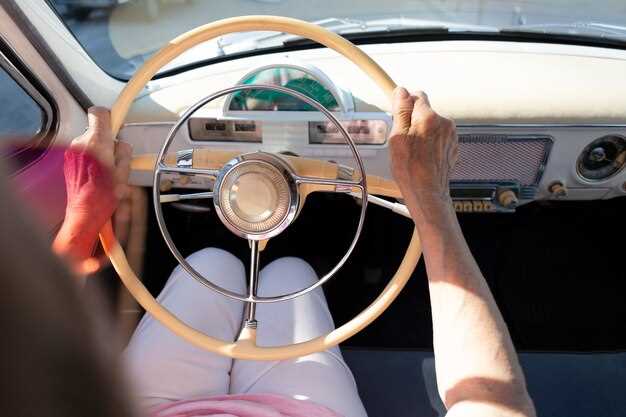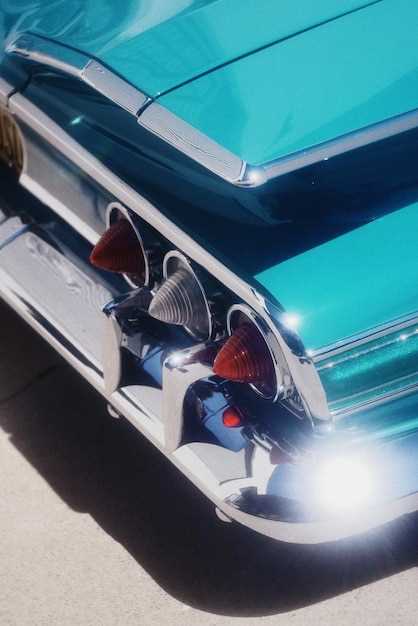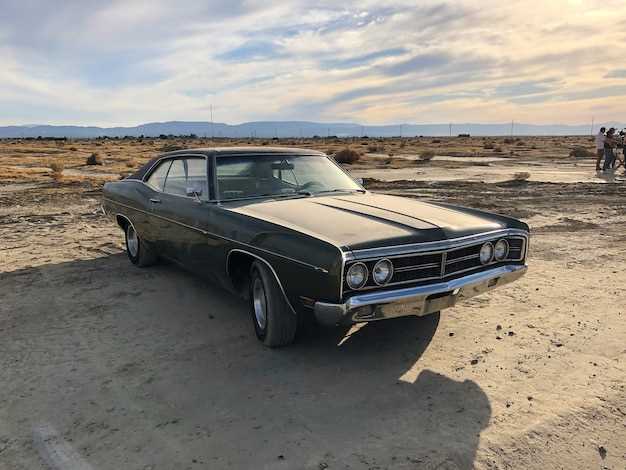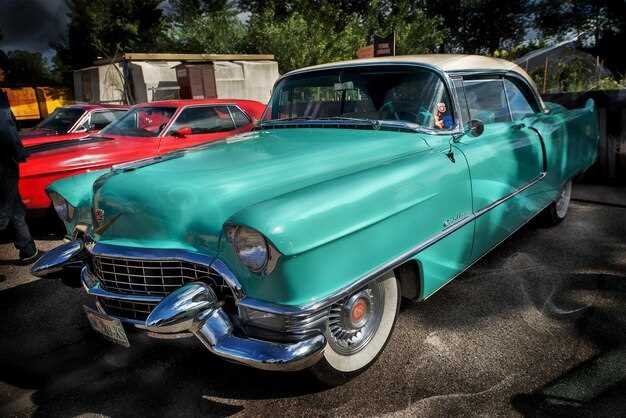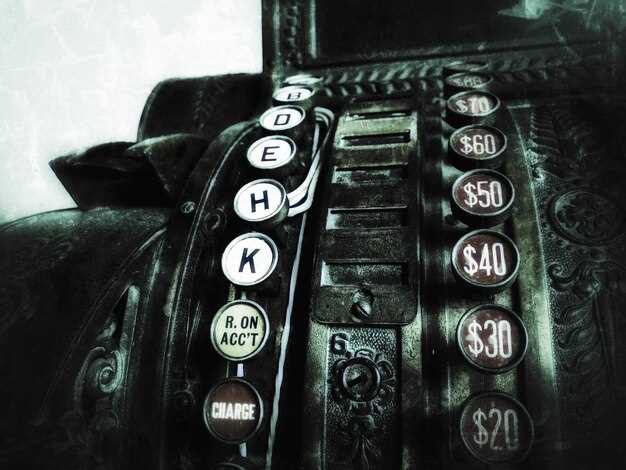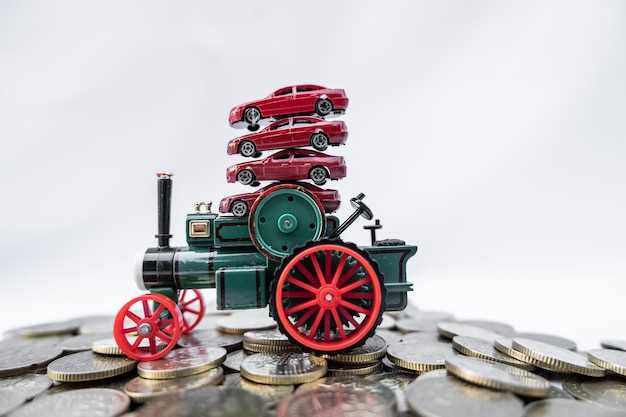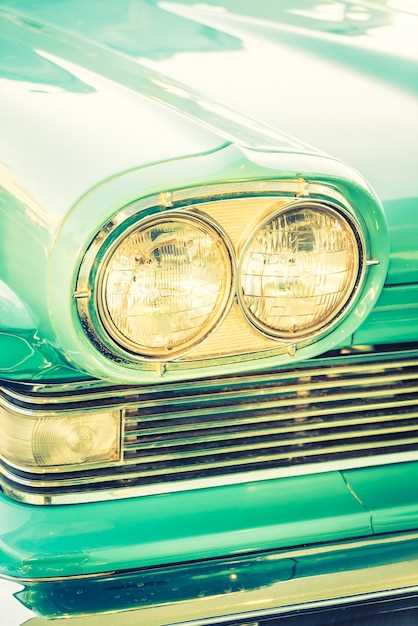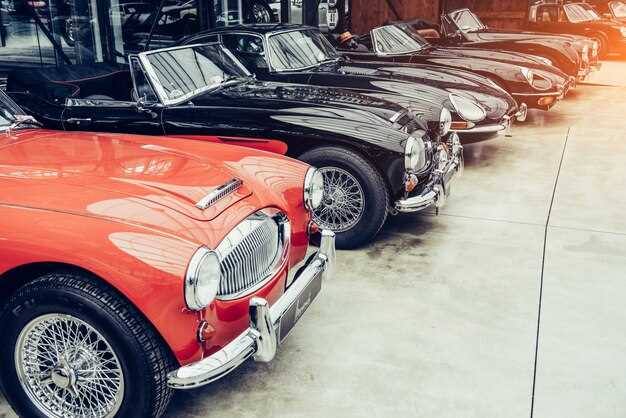
When it comes to the world of automobiles, few categories capture the imagination quite like classic European sports cars. These vehicles, epitomizing a blend of engineering excellence and timeless design, not only offer exhilarating performance but also a slice of automotive history. For enthusiasts and collectors, finding a remarkable classic sports car under $50,000 opens up a treasure trove of options that are both captivating and accessible.
From the bustling streets of Italy to the picturesque roads of England, European sports cars have consistently set the standard in driving pleasure and aesthetic appeal. The legacy of manufacturers such as Alfa Romeo, Porsche, and Jaguar is rich with models that have aged gracefully, becoming symbols of status and sophistication. Within this price range, there are hidden gems that deliver superb performance without breaking the bank.
This article delves into the realm of classic European sports cars available for under $50,000, offering insights into the most noteworthy models. We will explore their unique features, performance capabilities, and what makes each car a desirable addition to any enthusiast’s collection. Whether you are a seasoned collector or a budding aficionado, these classic machines promise to provide an exhilarating driving experience and a connection to the rich heritage of European automotive engineering.
Identifying Affordable Classic Models from Europe
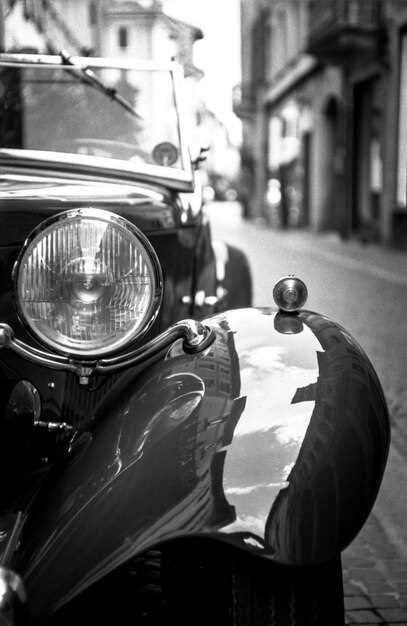
When searching for classic sports cars from Europe under 50K, it’s essential to focus on models that not only hold value but also offer a thrilling driving experience. European manufacturers have produced a wide array of sports cars that combine performance with timeless design, making them attractive options for enthusiasts and collectors alike.
One of the most notable brands to consider is Porsche, especially the early 944 models. These cars are celebrated for their excellent handling and lightweight design, offering a quintessential sports driving experience without breaking the bank. Another option is the BMW Z3, which is known for its classic roadster appeal and engaging driving dynamics, often available in excellent condition within the budget.
The Alfa Romeo Spider is another classic that speaks to the heart of enthusiasts. Its distinctive Italian design and spirited performance make it a solid choice for those looking for an affordable yet stylish sports car. Similarly, the MG B is iconic, offering a charming mix of character and drivability, making it a favorite among collectors.
It’s also worthwhile to explore the classic offerings from the British carmaker Triumph, particularly the TR6. This model is known for its robust engineering and appealing aesthetics, often available at reasonable prices. Additionally, the classic Fiat 124 Spider combines Italian flair with fun driving characteristics, perfect for those seeking an affordable sports car experience.
Lastly, don’t overlook the value of the Volvo P1800. While not a traditional sports car, its sporty design and reliable performance have garnered a loyal following, making it an interesting option in the classic market. Researching these models will provide enthusiasts with a solid foundation for finding an affordable European classic sports car that embodies both style and performance.
Evaluating Performance and Maintenance Costs
When considering classic European sports cars under 50K, it is crucial to evaluate both performance metrics and maintenance costs. Classic cars often invoke nostalgia and passion, but practical factors must not be overlooked.
Performance is a key aspect of any sports car. Factors such as horsepower, torque, and weight play significant roles in determining how a car feels on the road. For instance, models like the Porsche 911 from earlier generations can deliver thrilling acceleration and agile handling, making them desirable. Meanwhile, cars like the Audi TT combine performance with a sophisticated all-wheel-drive system, enhancing stability during spirited drives.
However, the performance characteristics are usually accompanied by varying maintenance requirements. Maintenance costs are another crucial facet when assessing classic sports cars. Generally, older models may require more frequent servicing and part replacements due to their age and the availability of original parts. For example, a classic Jaguar E-Type may command higher maintenance expenses compared to a Ford Mustang, partly due to its more complex mechanics and rarity.
Furthermore, driving habits and usage frequency contribute to maintenance needs. Owners who opt for weekend drives may invest less in upkeep than those who use their classic sports cars daily. Additionally, some manufacturers have established strong support networks for classic models, which can lower costs significantly through the availability of aftermarket parts and expertise.
In conclusion, while performance is a thrilling aspect of classic European sports cars, understanding the implications of maintenance costs is vital. Researching specific models and their typical maintenance histories can provide potential buyers with valuable insights, ensuring that the chosen vehicle marries performance desires with practical ownership realities.
Where to Find the Best Deals on Classic Sports Cars
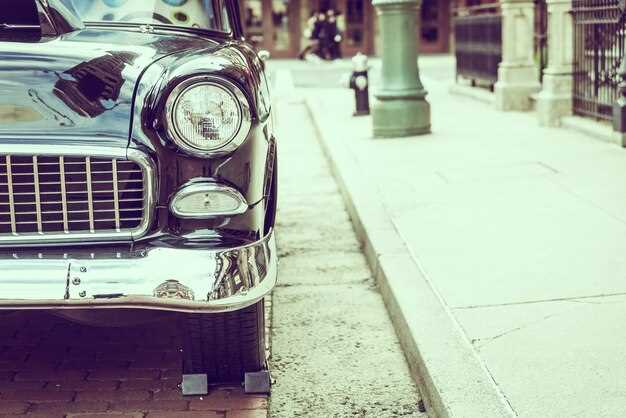
Searching for classic European sports cars that won’t break the bank requires a strategic approach. Start by exploring online marketplaces like Bring a Trailer, Hemmings, and ClassicCars.com, which specialize in classic vehicles. These platforms offer a wide range of listings with detailed descriptions and photos, allowing buyers to compare options easily.
Local classic car shows and auctions provide another excellent opportunity to find deals. Events often showcase unique models not readily available online, and you may connect directly with sellers passionate about their cars. Engaging in conversations can lead to better negotiation opportunities.
Consider joining classic car clubs or forums dedicated to European models. Members frequently share selling opportunities, leads on private sales, and insider tips on where to locate hidden gems. Networking within these communities can also result in finding vehicles that are not publicly listed.
Social media platforms, particularly Facebook Marketplace and dedicated groups, can be a treasure trove for classic sports car enthusiasts. Frequent scrolling through these listings can yield unexpected finds at competitive prices.
Lastly, always keep an eye on local classifieds such as Craigslist and local newspapers. While these platforms may require more effort in searching, they can sometimes reveal fantastic deals from private sellers looking to part with their classic cars. Always conduct thorough research to ensure you find the best deal on your dream classic European sports car.




